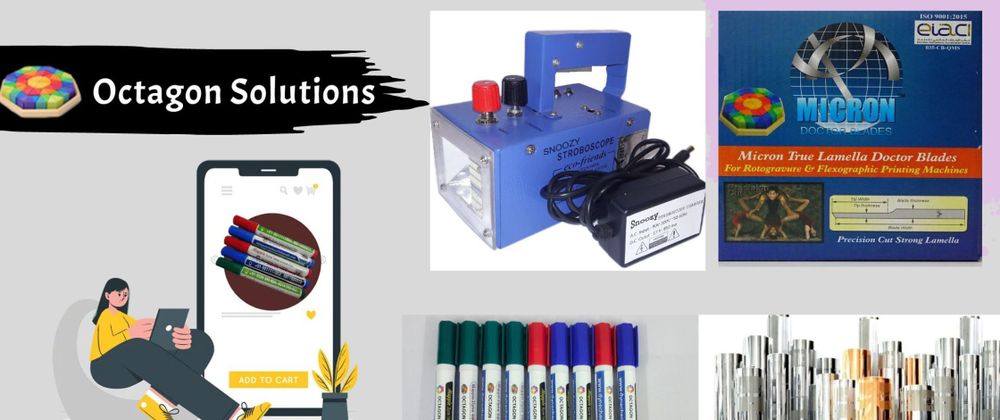Doctor blades are an essential component of the printing and coating process used in a variety of industries, including paper manufacturing, flexographic printing and gravure printing.
A doctor blade is a thin, flat strip of material (usually metal or plastic) used to remove excess ink, coating or adhesive from the surface of a printing plate or cylinder. The blade is usually mounted in a holder or chamfer and pressed against the surface to be cleaned or metered.
The purpose of a doctor blade is to control the thickness and uniformity of an ink, coating or adhesive applied to a substrate. By removing excess material from the printing plate or cylinder, the doctor blade ensures that the final product has a consistent and accurate coating thickness.
Doctor blades can be made from a variety of materials including steel, plastic and composite materials. The choice of blade material will depend on the specific application and the requirements of the printing or coating process.
How many types of doctor blade are there
There are many types of doctor blades available, each with its own unique features and benefits. Some of the most common types include:
Steel Doctor Blade: Made from high quality steel, these blades are some of the most commonly used doctor blades in the printing industry. They offer good resistance to wear and provide excellent metering performance.
Plastic Doctor Blade: Made from materials such as polyurethane, polyester, or nylon, these blades are flexible and offer good resistance to corrosion and chemicals.
Ceramic Doctor Blades: Made from ceramic material, these blades are very hard and offer excellent wear resistance. They are often used in high speed printing applications.
Composite Doctor Blades: Made from a combination of materials such as steel and plastic, these blades offer the benefits of both materials such as wear resistance and flexibility.
Coated Doctor Blades: These blades are coated with a thin layer of a special material such as Teflon to provide extra wear resistance and reduce friction.
The choice of doctor blade will depend on the specific requirements of the printing or coating process, such as the type of substrate being used, the process speed and the characteristics of the ink or coating material.
Micron doctor blade and Polymer doctor blade
Micron doctor blade and polymer doctor blade are two specific types of doctor blades used in the printing and coating industries.
Micron doctor blade are made from a special type of steel that is extremely thin and precise. They are used in high-precision printing applications where a very thin and consistent ink or coating layer is required. Micron Doctor Blades can be used in both flexographic and gravure printing processes.
Polymer doctor blade, on the other hand, are made of plastic or polymeric materials. They provide good flexibility and resistance to chemicals and wear. They are often used in flexographic printing applications, where they can be used to meter inks and coatings on a wide variety of substrates, including paper, film and foil.
Both micron and polymer doctor blades have their own unique advantages and are suited for specific printing and coating applications. The choice of doctor blade will depend on the specific requirements of the process, such as the type of substrate being used, the process speed and the characteristics of the ink or coating material.
Why use Doctor Blade
Doctor blades are used in the printing and coating industries for a number of reasons, including:
To control the thickness and uniformity of an ink, coating, or adhesive applied to a substrate. By removing excess material from the printing plate or cylinder, the doctor blade ensures that the final product has a consistent and accurate coating thickness.
To prevent ink or coating build-up on the printing plate or cylinder, which can cause streaking, smudging, or other print quality problems. Doctor blades help remove excess material and maintain a clean printing surface.
To reduce ink or coating waste, as the doctor blade helps ensure that only the required amount of material is applied to the substrate.
To improve printing efficiency and reduce downtime, properly fitted docks can help prevent issues such as blade plate wear and ink build-up that can lead to equipment failure or require frequent cleaning Can
Overall, doctor blades play a vital role in ensuring high-quality, efficient and cost-effective printing and coating processes.





Top comments (0)